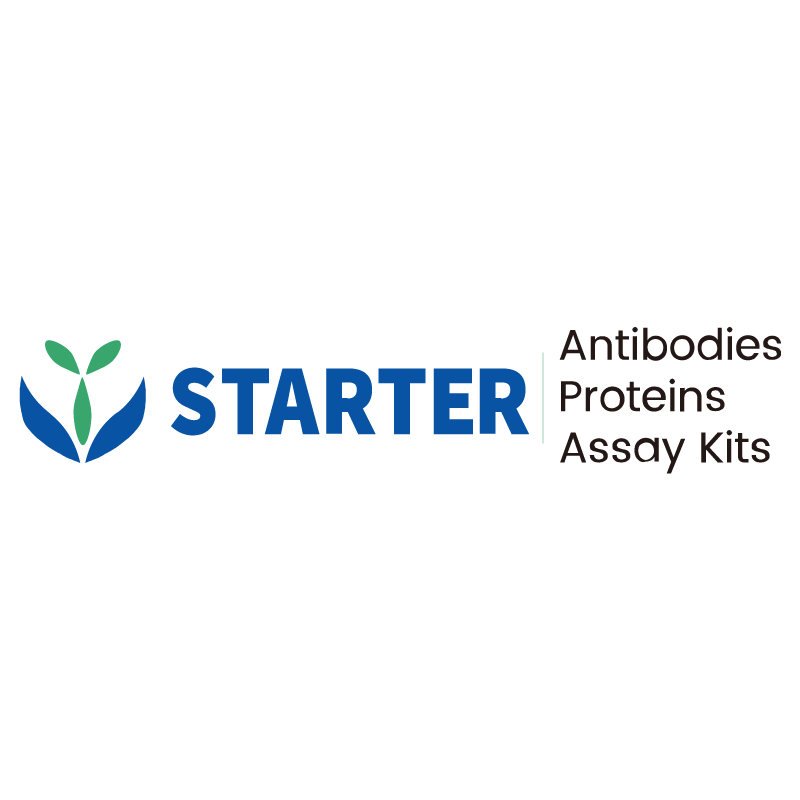Flow cytometric analysis of Human PBMC (peripheral blood mononuclear cells) labelling Human CD1d antibody at 1/200 (1 μg) dilution (Right panel) compared with a Mouse IgG2b, κ Isotype Control (Left panel). Goat Anti-Mouse IgG Alexa Fluor® 647 was used as the secondary antibody. Then cells were stained with CD19 - Brilliant Violet 421™ antibody separately.
Product Details
Product Details
Product Specification
| Host | Mouse |
| Antigen | CD1d |
| Synonyms | Antigen-presenting glycoprotein CD1d; R3G1; CD1D |
| Location | Cell membrane, Endoplasmic reticulum membrane |
| Accession | P15813 |
| Clone Number | S-2874 |
| Antibody Type | Mouse mAb |
| Isotype | IgG2b,k |
| Application | FCM |
| Reactivity | Hu |
| Positive Sample | Human PBMC |
| Purification | Protein A |
| Concentration | 2 mg/ml |
| Conjugation | Unconjugated |
| Physical Appearance | Liquid |
| Storage Buffer | PBS pH7.4 |
| Stability & Storage | 12 months from date of receipt / reconstitution, 2 to 8 °C as supplied |
Dilution
| application | dilution | species |
| FCM | 1:200 | Hu |
Background
CD1d is a transmembrane glycoprotein that belongs to the group 2 CD1 family of non-classical MHC class I-like antigen-presenting molecules, expressed on dendritic cells, thymocytes, hepatocytes and many other tissues; it forms a heterodimer with β2-microglobulin, folds into a deep, hydrophobic groove made up of A′ and F′ pockets that cradle lipid tails while exposing the glycosyl headgroups of self or microbial glycolipids, and delivers these antigens to the invariant T-cell receptor of CD1d-restricted natural killer T (iNKT) cells, thereby rapidly triggering large bursts of cytokines such as IFN-γ and IL-4 that shape innate and adaptive immune responses against infections, cancer, and autoimmune diseases .
Picture
Picture
FC


